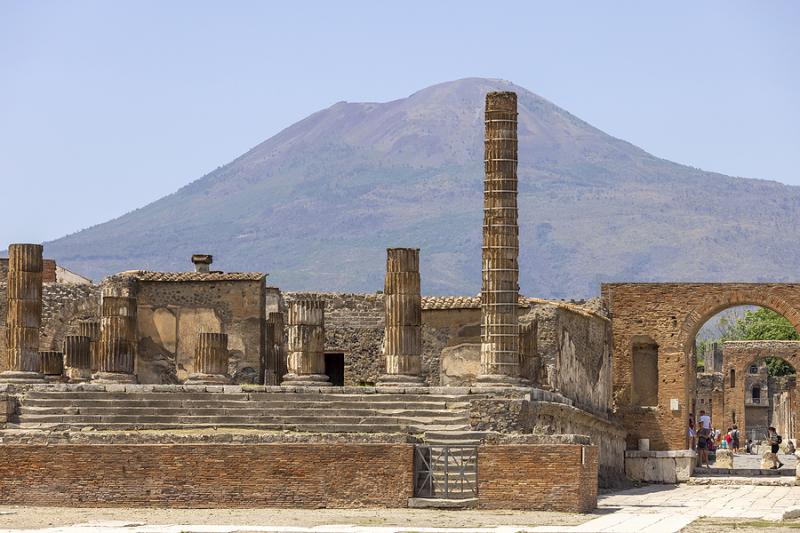Archaeologists at Pompeii continue to unearth exciting finds. In early November, excavations at Villa di Civita Giuliana, a majestic suburban estate, revealed a small bedroom for slaves, perfectly preserved.
This discovery is even more exceptional than usual because it provides details about the living conditions of the poorest class.
When reading about Pompeii, we are used to learning about luxury frescoed rooms, the refined art of atriums and gardens and the beauty of the triclinium. But in the dark small quarters of this room, close to the stables that housed the master’s horses, we can see a different reality.
“It offers an extraordinary glimpse into a part of the ancient world that usually remains largely in the dark. The room grants us a rare insight into the daily reality of slaves,” the Pompeii archeological site writes on Instagram
The slaves' living quarters, probably a family, contain three wooden beds - two for adults, the other for a child - a chamber pot still next to the beds, a wooden chest filled with metal and fabric items, large stacked amphorae, and a chariot shaft that may have been prepared by the slave family who carried out domestic chores at Civita Giuliana, a suburban villa northwest of the ancient site.
Gabriel Zuchtriegel, director of Pompeii’s archaeological park, said the discovery gives a rare insight “into the precarious reality of people who seldom appear in historical sources, that were written almost exclusively by men belonging to the elite.”
In November 2020, the well-preserved remains of two men, victims of Mount Vesuvius’ eruption in 79 AD, were discovered in the underground corridor of the villa. They were identified as a wealthy landowner and his slave. The two survived the immediate impact of the eruption, but died in a second volcanic blast the following day.












